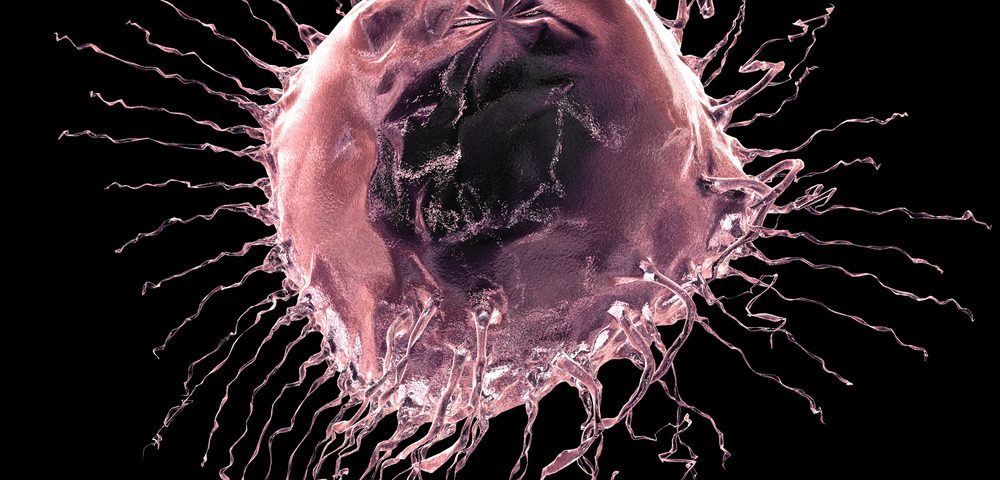A study in mice has shown that the mechanism behind taxane resistance in triple-negative breast cancer (TNBC) relies on the expansion of a specific cancer cell population, a CD49f+ population, with tumor-initiating properties.
While further studies are needed to confirm this finding, the Spanish study suggests that analyzing the behavior of this cell population may help predict which TNBC patients will respond to chemotherapy. (Breast tumors that do not express hormone receptors are called triple negative tumors.)
The study also shows that when treatment-resistant cancer cells were allowed to avoid the drug for long periods, their sensitivity to it is restored, suggesting that cancer patients might return to taxane-based therapies after relapsing.
The findings were recently reported in the study, “Resistance to Taxanes in Triple-Negative Breast Cancer Associates with the Dynamics of a CD49f+ Tumor-Initiating Population,” published in Stem Cell Reports.
Taxanes, like Taxotere (docetaxel), are a mainstay in the treatment of TNBC patients. But while these patients are usually more sensitive to taxane chemotherapy than other breast cancer patients, after multiple rounds of treatment, their tumors often acquire resistance to the drug.
There remains an urgent unmet need to identify patients who will benefit from taxanes, and to understand the mechanisms underlying this resistance.
Researchers at the Bellvitge Biomedical Research Institute (IDIBELL), led by Dr. Eva González-Suárez, developed PDX animal models, placing samples from TNBC patients into mice with a faulty immune system (immunocompromised).
“It’s not an easy process, and efficiency is very low,” Gonzalez-Suarez said in a press release. “However, unlike other studies, performed on cell lines or patient samples that are very difficult to obtain, working with PDX models allows for enough paired samples that are sensitive and resistant to a particular drug.”
As seen in clinical practice, the team found that TNBC tumors acquired resistance to Taxotere after multiple rounds of treatment. Once this resistance developed, it remained even in the absence of the drug.
“However, when we kept these models for long periods in absence of the drug, we saw that sensitivity was restored,” said González-Suárez.
The researchers call the process “drug holidays.” After a long period of not being in contact with the drug, resistant tumors can partially regain sensitivity to Taxotere.
The team hypothesized this finding existed because different cellular populations exist within the tumors, some sensitive and some resistant, and their balance is altered upon treatment.
Indeed, the researchers found that resistance to taxanes was linked with the dynamics of a CD49f+ cell population, which had tumor-initiating capacity and could lead to relapses after chemotherapy.
“We wanted to know if those resistant tumor cells that we see in greater proportion in resistant tumors (CD49f+) have appeared de novo or by selection of cell populations,” González-Suárez said.
She and her team found that sensitive tumors already had a residual CD49f+ population, but as they were resistant to the chemotherapy, its proportion increased upon treatment.
“The results suggest that the CD49f+ population is associated with resistance to docetaxel in most of triple negative tumors, which is notorious considering the great heterogeneity of this subtype,” González-Suárez said.
It is still not clear whether a “drug holiday” would work in cancer patients, but the finding warrants further studies, including those looking into how long a period of down-time is needed.
“Given that breast cancer relapses happen after a long time — about 10-20 years in luminal tumors and 3-5 in the triple negative ones — perhaps this time window would be enough to return to taxane therapies even when the patient had previously developed resistance to them, especially considering that these therapies are the only treatments currently available for this disease,” González-Suárez said.

